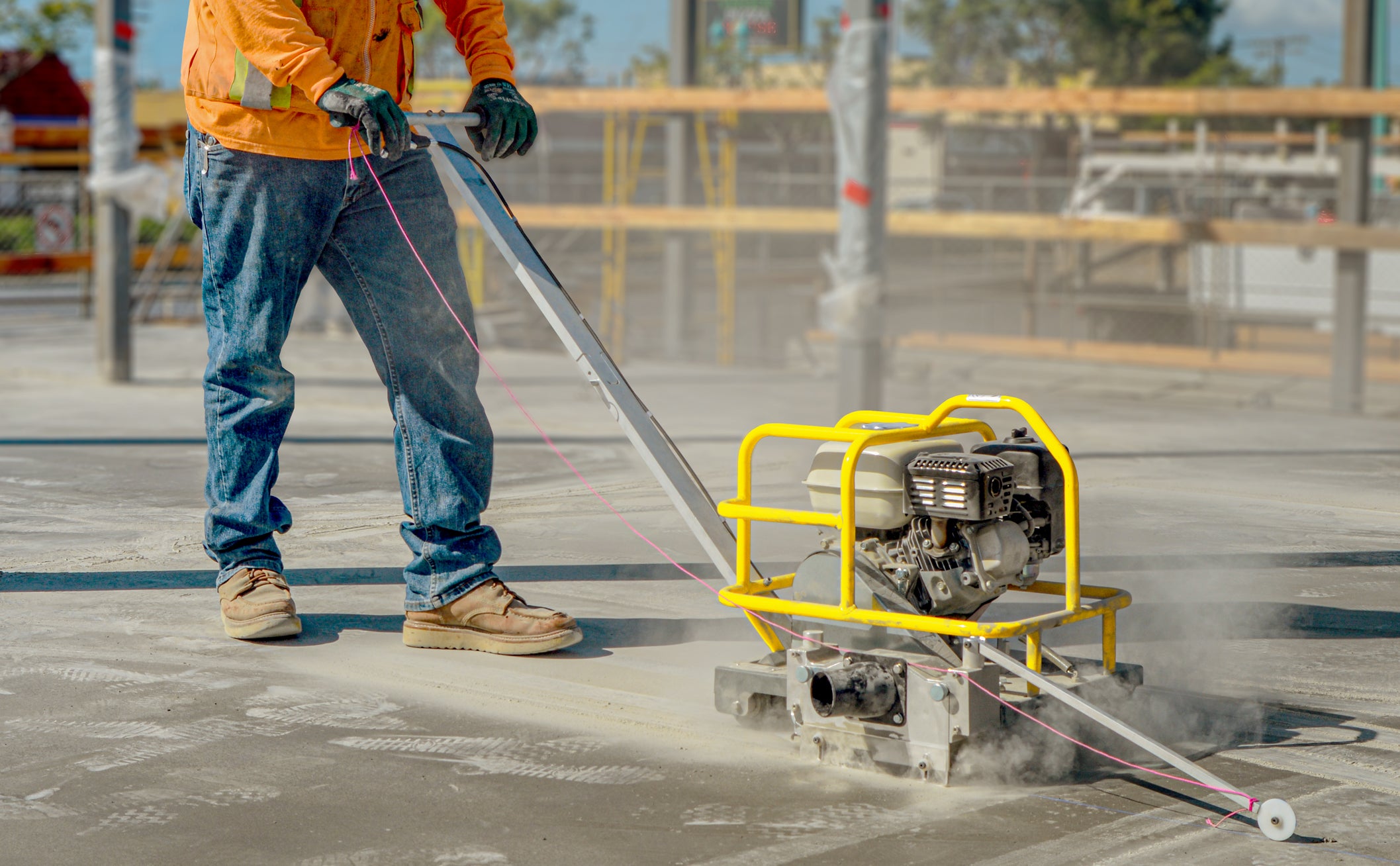In the world of construction, accurate information is essential for making informed decisions and achieving successful results. When it comes to concrete sawing, a variety of misconceptions and myths can cloud the understanding of this crucial process. In this blog, we aim to debunk common misconceptions about concrete sawing, helping you gain a clearer understanding of this important technique and its role in construction.
1. Myth: Any Saw Can Cut Concrete
Debunked: While many saws are capable of cutting through various materials, not every saw is suitable for cutting concrete. Concrete is a dense and abrasive material that requires specialized tools with diamond blades designed to withstand its hardness. Using the wrong saw can lead to inefficiency, potential damage to the equipment, and poor results.
2. Myth: All Concrete Cutting Generates Dust
Debunked: While it's true that concrete cutting can generate dust, advanced techniques and tools have significantly minimized dust production. Many modern concrete saws feature water attachments that help control dust by wetting the cutting area and reducing airborne particles. Additionally, proper ventilation and safety measures can further mitigate dust-related concerns.
3. Myth: Concrete Sawing is Always Noisy and Disruptive
Debunked: While some noise is inherent in most construction processes, advancements in technology have led to quieter concrete saws. Many modern saws are designed with noise reduction features that minimize the disruptive impact on surrounding areas. Operators can also use hearing protection to further mitigate noise exposure.
4. Myth: DIY Concrete Sawing is Cost-Effective
Debunked: While do-it-yourself (DIY) projects can save money in certain situations, concrete sawing is a specialized task that requires skill, knowledge, and the right equipment. Improper sawing techniques can lead to inaccurate cuts, wasted materials, and potential safety hazards. Professional concrete sawing services often provide cost-effective solutions by ensuring efficient and accurate cuts.
5. Myth: Wet Cutting is Always Better Than Dry Cutting
Debunked: Both wet and dry cutting methods have their advantages and applications. Wet cutting uses water to control dust and keep the blade cool, making it suitable for indoor and confined spaces. Dry cutting, on the other hand, offers portability and can be more efficient for certain outdoor projects. The choice between wet and dry cutting depends on factors such as project requirements, environment, and operator preference.
6. Myth: Concrete Sawing Compromises Structural Integrity
Debunked: When performed by skilled professionals using appropriate techniques and equipment, concrete sawing does not compromise structural integrity. In fact, concrete sawing is often used to create precise openings, expansion joints, and modifications in structures without compromising their strength or stability.
7. Myth: Concrete Sawing is Only for Demolition
Debunked: While concrete sawing is commonly associated with demolition projects, it serves a wide range of purposes beyond demolition. It's used for creating openings for doors, windows, and vents; cutting expansion joints to prevent cracking; and modifying existing structures for renovations or repairs.
8. Myth: All Concrete Sawing Services Are the Same
Debunked: Concrete sawing services can vary significantly in terms of expertise, equipment, and quality of work. Choosing a reputable and experienced concrete sawing provider ensures that the job is done safely, accurately, and efficiently.
Debunking common misconceptions about concrete sawing is essential for understanding its true benefits and applications. By dispelling myths, you can make informed decisions, whether you're considering a concrete cutting project for construction, renovation, or repair purposes. Consulting with professionals, using the right equipment, and adopting advanced techniques contribute to achieving successful results in the world of concrete sawing and construction.










